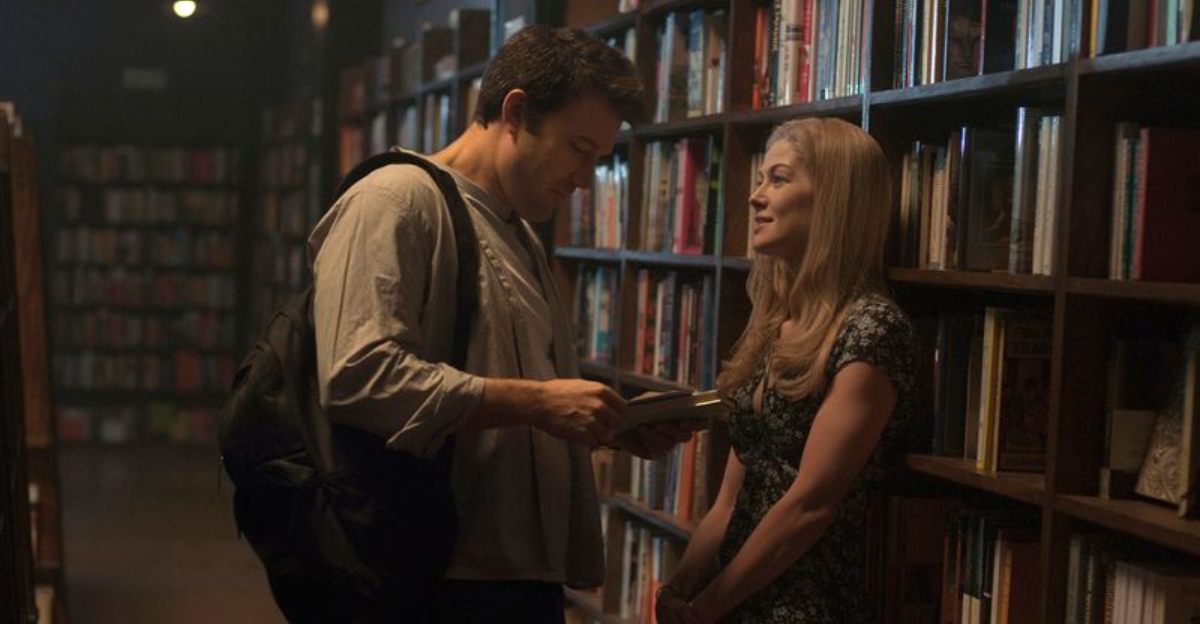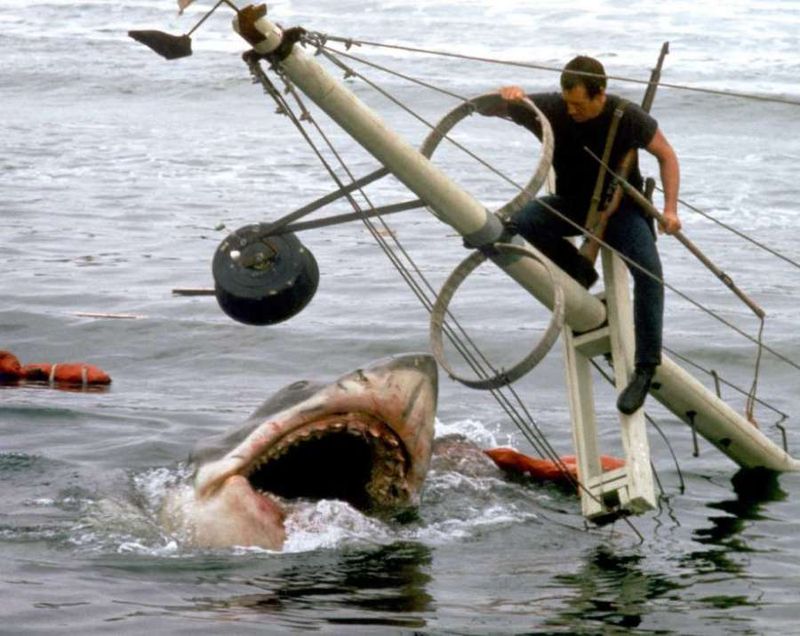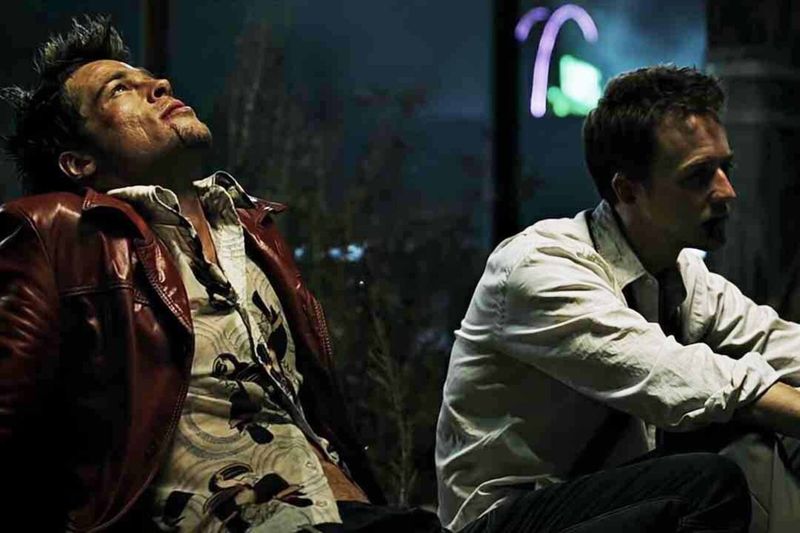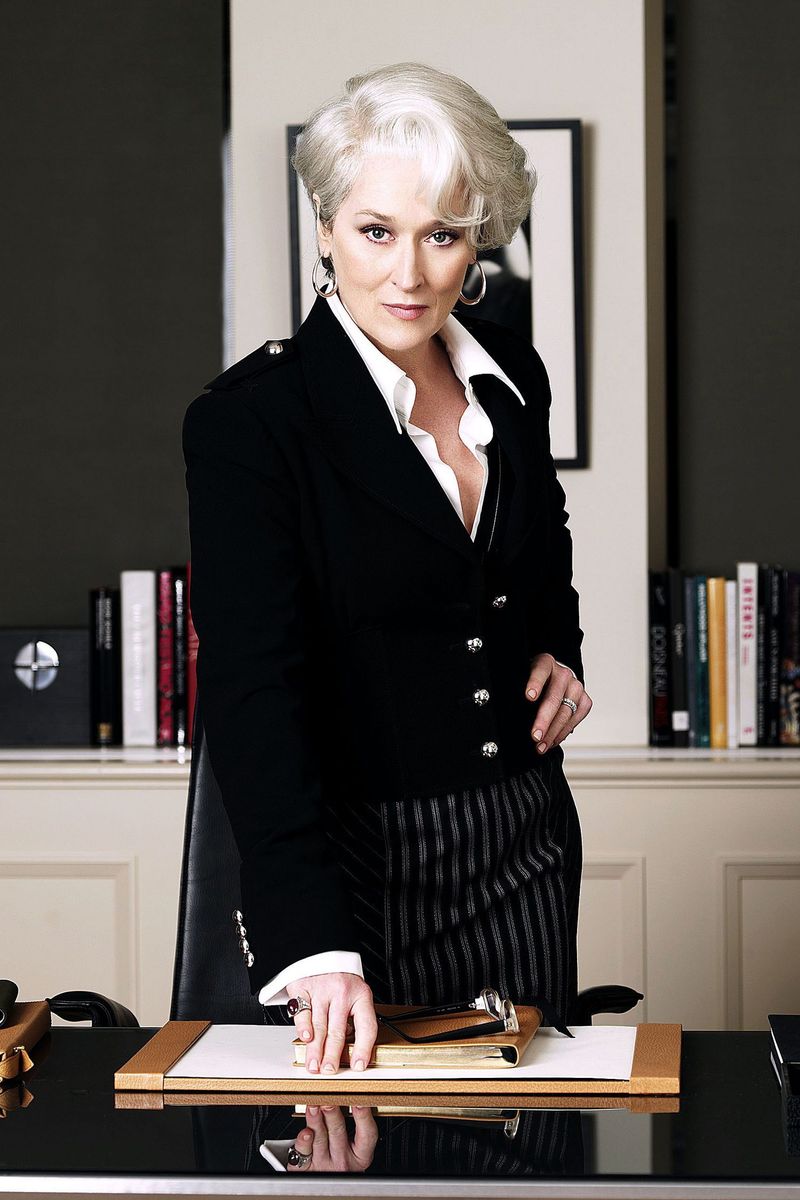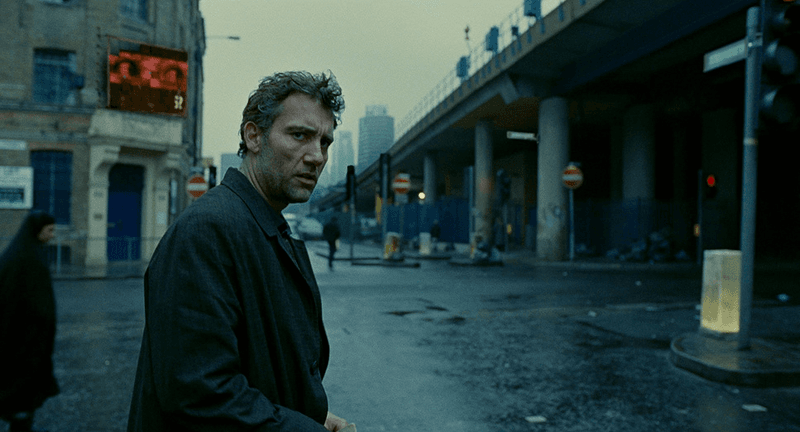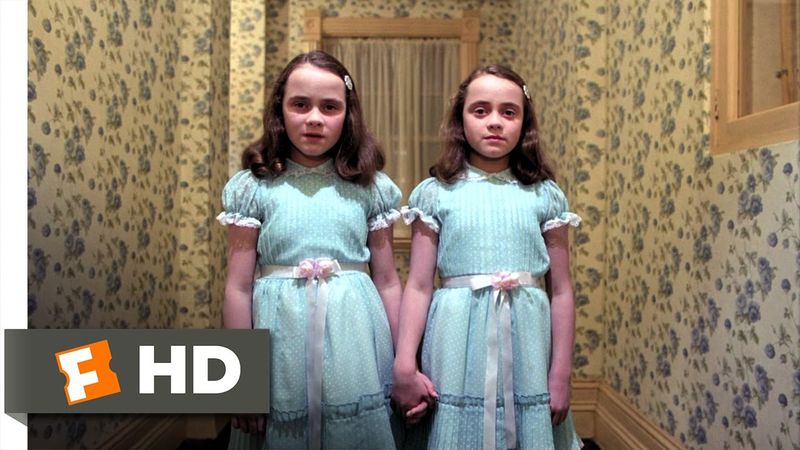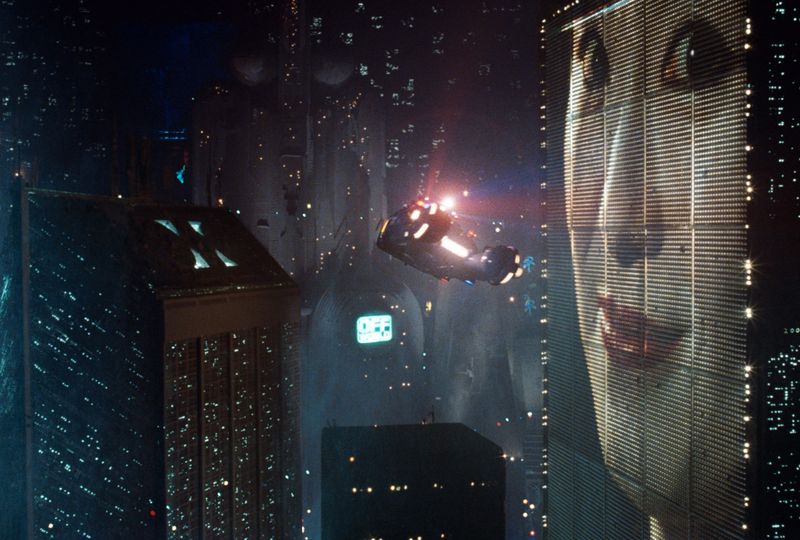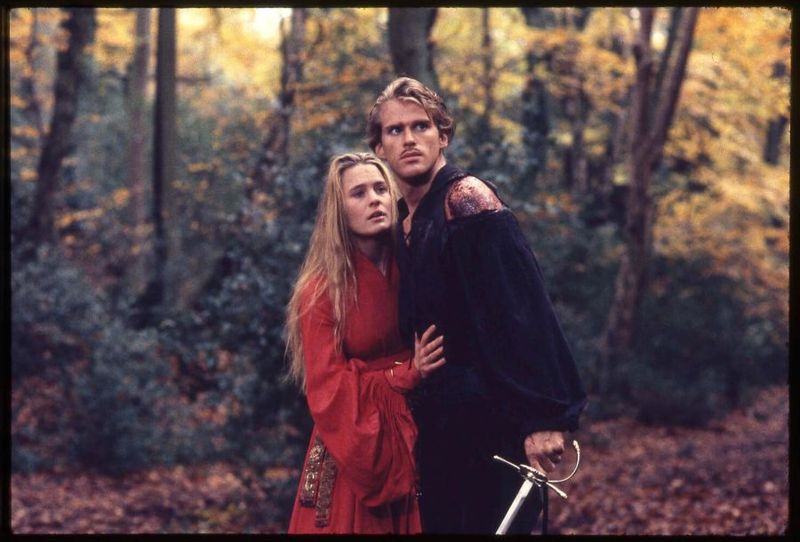While it’s common to hear that the book is always better than the movie, there are notable exceptions where the film adaptation surpasses its source material.
These movies not only captured the essence of their books but also elevated the story through exceptional performances, direction, and cinematography.
Here are 12 films that achieved this feat, making them even more memorable and impactful than the books they were based on.
1. The Godfather (1972)
Francis Ford Coppola’s adaptation of Mario Puzo’s novel transformed pulp fiction into cinematic art. The movie’s haunting score, unforgettable dialogue, and powerhouse performances from Marlon Brando and Al Pacino elevate it to an epic masterpiece. While the book provides a rich story, the film’s visual and emotional depth creates a cultural phenomenon. The Godfather’s influence on cinema and storytelling is undeniable.
2. Jaws (1975)
Steven Spielberg’s Jaws cut unnecessary subplots from Peter Benchley’s novel, focusing on a leaner, tenser narrative. The film’s iconic two-note score by John Williams enhances its suspense and tension. By simplifying the plot and sharpening its focus, Jaws became a landmark in cinema, creating an unparalleled portrayal of terror and adventure at sea. This film continues to define the thriller genre.
3. Forrest Gump (1994)
Tom Hanks’ portrayal of Forrest Gump added emotional depth and heart to Winston Groom’s novel. The film smooths out the book’s bizarre tangents, like space adventures, into a coherent, touching narrative. Through its heartfelt storytelling and memorable quotes, Forrest Gump became a timeless classic, resonating with audiences around the world. Its depiction of love and perseverance is both moving and inspirational.
4. Fight Club (1999)
David Fincher’s Fight Club sharpens Chuck Palahniuk’s gritty novel, adding stylish visuals and a hard-hitting twist ending. The film explores themes of identity and consumerism with a heightened sense of rebellion. Its visual language and narrative pacing make the story more compelling on screen. Fight Club’s cultural impact is profound, influencing generations with its edgy and thought-provoking message.
5. The Notebook (2004)
The Notebook turned Nicholas Sparks’ simple love story into a sweeping romantic drama. With intense chemistry between Ryan Gosling and Rachel McAdams, the film captures the essence of timeless romance. The iconic rain kiss scene adds to its emotional resonance. By elevating the narrative’s romantic elements, the movie became a beloved cinematic experience, celebrated for its portrayal of enduring love.
6. The Devil Wears Prada (2006)
Meryl Streep’s portrayal of Miranda Priestly in The Devil Wears Prada brought Lauren Weisberger’s novel to life with icy complexity. The film’s fashion-forward visuals and engaging narrative turn it into a cultural phenomenon. By transforming a revenge fantasy into an exploration of ambition and style, the movie resonates with fashion enthusiasts and film lovers alike, becoming a staple in pop culture.
7. Children of Men (2006)
Alfonso Cuarón’s Children of Men infused P.D. James’ philosophical dystopian tale with raw emotion and urgency. The film’s brilliant cinematography and intense action create a more gripping, visually arresting story. By focusing on human resilience amidst chaos, it becomes a compelling narrative about survival and hope. Children of Men stands out as a unique cinematic experience, blending thought-provoking themes with visual artistry.
8. The Shining (1980)
Stanley Kubrick’s adaptation of Stephen King’s The Shining created a cinematic horror masterpiece. While King criticized the film, its methodical horror and Jack Nicholson’s chilling performance have etched it into pop culture. The film’s cold atmosphere and descent into madness offer a unique psychological exploration, making it more impactful than the book. The Shining remains a landmark in horror cinema.
9. Blade Runner (1982)
Blade Runner transformed Philip K. Dick’s philosophical novel into a moody, atmospheric vision of the future. The film explores humanity, memory, and identity through its stunning visuals and compelling narrative. By creating a richly detailed world, Blade Runner elevates the story beyond its source material. Its exploration of existential themes and groundbreaking design leave a lasting impact on science fiction cinema.
10. The Princess Bride (1987)
Rob Reiner’s The Princess Bride adds charm and quotable lines to William Goldman’s clever book. The film’s perfect pacing and humor work even better on screen, creating a whimsical adventure that appeals to all ages. By capturing the story’s heart and humor, The Princess Bride became an enduring classic. Its enchanting characters and memorable dialogue continue to captivate audiences worldwide.
11. The Lord of the Rings Trilogy (2001–2003)
Peter Jackson’s adaptation of J.R.R. Tolkien’s The Lord of the Rings balances mythic grandeur with streamlined storytelling. The films amp up emotional stakes and action, making the epic tale accessible to a wider audience. Through breathtaking visuals and character-driven narratives, the trilogy captures the essence of Tolkien’s world, becoming a monumental achievement in filmmaking. Its legacy in cinematic history is unparalleled.
12. Gone Girl (2014)
David Fincher’s Gone Girl sharpens Gillian Flynn’s twisty novel with a chilling performance by Rosamund Pike. The film’s slick direction enhances its psychological tension, diving deeper into themes of deception and media influence. Gone Girl’s sharp narrative and visual storytelling create a colder, more disturbing experience than the book. Its exploration of marriage and identity captivates and unsettles viewers.
